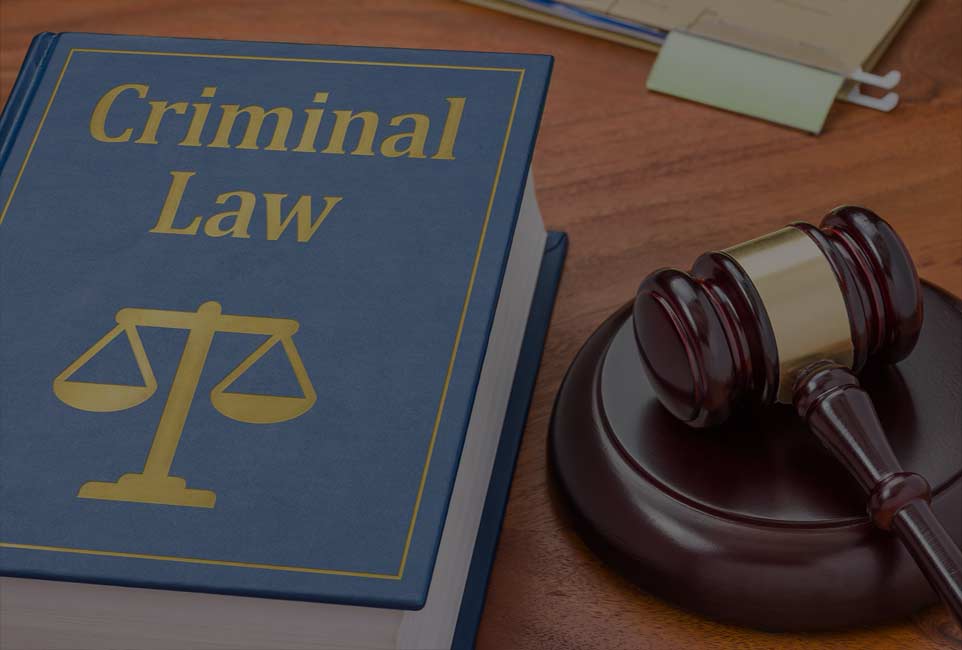Understanding the Collateral Fact Rule in Canadian Criminal Defence
When facing criminal charges in Canada, understanding the nuances of evidence law can mean the difference between conviction and acquittal. One crucial principle that often comes into play during criminal trials is the Collateral Fact Rule – a legal doctrine that determines what evidence can be presented to challenge a witness’s credibility. If you’re dealing with criminal charges in Edmonton, understanding this rule and its applications could be vital to your defence strategy.
What Is the Collateral Fact Rule?
The Collateral Fact Rule is a fundamental principle in Canadian evidence law that governs when lawyers can introduce evidence to attack a witness’s credibility. While it might sound complex, the rule essentially balances two competing interests: the right to present a full defence and the need for efficient, focused trials.
The Purpose Behind the Rule
The Collateral Fact Rule doesn’t exist to limit evidence because it’s irrelevant. Instead, as established in R. v. C.F. 2017 ONCA 480, the rule aims to “preserve trial efficiency and avoid confusion.” Courts recognize that while credibility evidence can be crucial, unlimited exploration of collateral issues could make trials unnecessarily lengthy and confusing for juries.
Key Legal Precedents Defining the Rule
R. v. C.F. (2017 ONCA 480): Setting the Standard
In this landmark Ontario Court of Appeal case, the defense sought to introduce evidence of a prior acquittal involving the same complainant, same type of allegation, and same accused. The defense argued this demonstrated a pattern of fabrication, while the Crown invoked the Collateral Fact Rule to exclude it.
The court’s decision was clear: evidence undermining a witness’s credibility may be allowed if it’s central enough to the case. Because the prior incident involved identical parties during the same timeframe, the evidence was permitted.
R. v. GAR (2022 BCSC 844): Clarifying the Balance
The British Columbia Supreme Court provided an excellent summary of the principle, stating: “The collateral fact rule is not absolute and is primarily aimed at trial efficiency rather than denying the relevance of collateral issues. Where the probity of collateral issues is significant enough to outweigh trial efficiency concerns it can be admitted. This may especially be the case where credibility is the central issue.”
R. v. Boyd (2006 MBQB 128): The Practical Test
Manitoba’s Court of Queen’s Bench established a practical framework for applying the rule, asking: “Is the evidence offered of sufficient value and of sufficient importance to the issues before the court that it ought to be heard having regard to the necessary court time required, potential confusion of issues, and any unfairness and prejudice to the witness?”
When Does the Collateral Fact Rule Apply?
Central vs. Peripheral Evidence
The rule distinguishes between evidence that goes to the heart of the case and evidence that’s merely tangential. Courts are more likely to admit collateral evidence when:
- Credibility is the central issue in the case
- The evidence directly relates to the specific allegations
- The probative value significantly outweighs concerns about trial efficiency
- The same parties and similar circumstances are involved
Practical Applications in Criminal Defence
Understanding when the Collateral Fact Rule applies can be crucial for criminal defence strategies. Defence lawyers must carefully evaluate whether challenging evidence meets the threshold for admission, considering factors like:
- The strength of the credibility challenge
- The potential for jury confusion
- The time required for additional evidence
- The fairness to all parties involved
Strategic Implications for Criminal Defence
Building Effective Defence Strategies
For criminal defence lawyers, like Rory Ziv in Edmonton, the Collateral Fact Rule presents both opportunities and challenges. When credibility is central to a case, as it often is in sexual assault cases or cases involving witness testimony, understanding how to navigate this rule becomes essential.

The Importance of Expert Legal Representation
Given the complexity of applying the Collateral Fact Rule, having experienced criminal defence counsel like Rory Ziv is crucial. A skilled criminal defence lawyer can identify when collateral evidence might be admissible and how to present arguments that satisfy the court’s balancing test.
Frequently Asked Questions About the Collateral Fact Rule
Q1. What exactly is considered “collateral” evidence?
Collateral evidence refers to facts that are not directly related to the main issues in the case but might affect the credibility of witnesses. This could include prior inconsistent statements, evidence of bias, or previous allegations that were not proven.
Q2. Can prior acquittals be used as evidence under this rule?
As demonstrated in R. v. C.F., prior acquittals can sometimes be admitted if they’re sufficiently connected to the current case and involve the same parties. However, each situation is evaluated based on its specific circumstances and the court’s balancing test.
Q3. How do courts balance trial efficiency against the right to full defence?
Courts use a multi-factor test considering the probative value of the evidence, the time required to present it, potential jury confusion, and fairness to all parties. The more central the credibility issue is to the case, the more likely collateral evidence will be admitted.
Q4. Does the Collateral Fact Rule apply to all types of criminal cases?
Yes, the rule applies across all criminal proceedings in Canada, though its impact varies depending on whether credibility is a central issue in the specific case.
Q5. Can the Crown also use the Collateral Fact Rule?
Yes, both Crown and defence can invoke the Collateral Fact Rule, though it’s more commonly used by the Crown to limit defence evidence that might be prejudicial or time-consuming.
Q6. What happens if collateral evidence is wrongly excluded or admitted?
If appellate courts determine that collateral evidence was wrongly handled, it could form grounds for appeal, particularly if the error materially affected the trial’s outcome.
Protect Your Rights with Expert Criminal Defence
The Collateral Fact Rule represents just one of many complex legal principles that can significantly impact your criminal case. Whether you’re facing charges involving witness credibility, sexual assault allegations, or any other criminal matter, having experienced legal representation is essential to navigate these intricate rules effectively.
Don’t leave your freedom to chance. If you’re facing criminal charges in Edmonton and need expert legal guidance on evidence law, including the application of the Collateral Fact Rule, contact Edmonton Criminal Lawyer Ziv today. With extensive experience in Canadian criminal law and a deep understanding of evidence rules, Edmonton Criminal Lawyer Ziv can help develop the strongest possible defence strategy for your case.

Contact Edmonton Criminal Lawyer Ziv now for a consultation to discuss how the Collateral Fact Rule and other evidence principles might affect your case. Your future depends on having the right legal advocate fighting for your rights.




